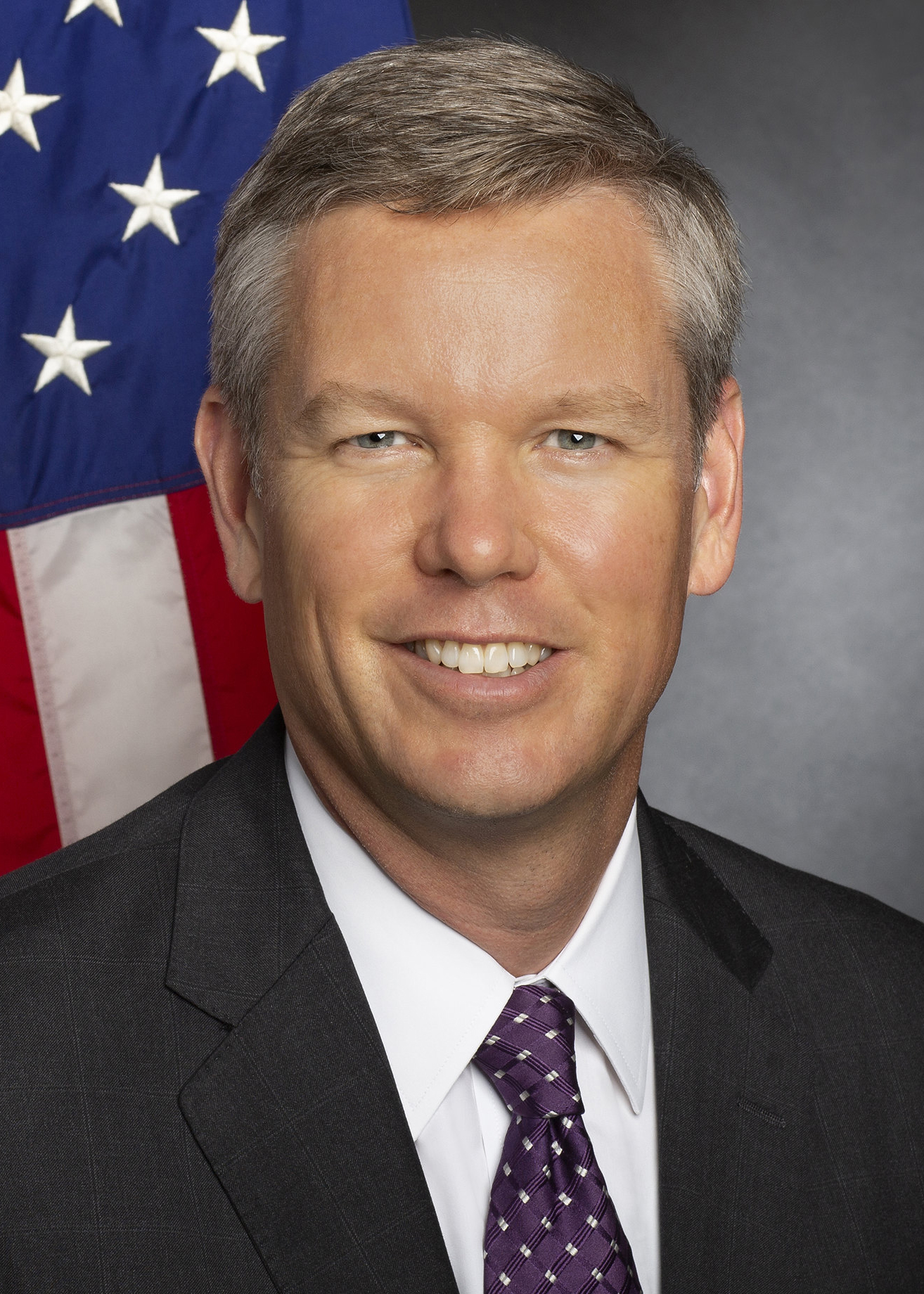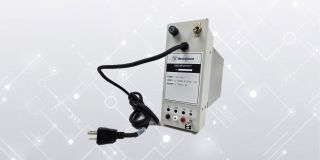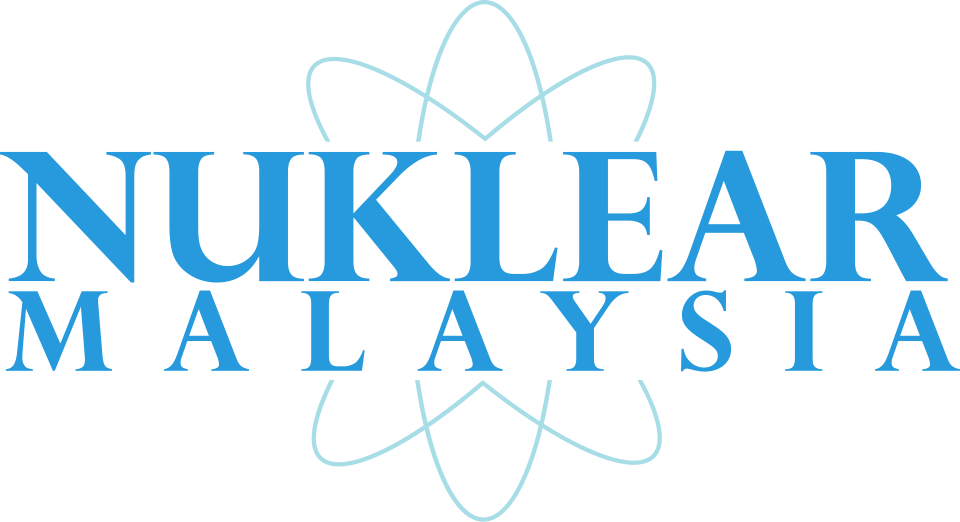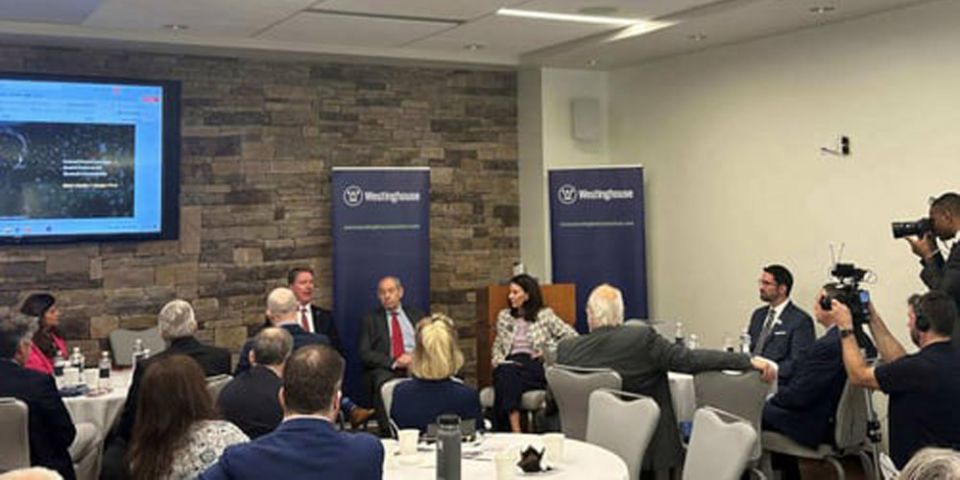NRC chair voices support for Philippines under 123 Agreement

Hanson
The United States is fully engaged in supporting the development and peaceful use of nuclear energy in the Philippines through its new 123 Agreement, Nuclear Regulatory Commission chair Christopher Hanson said during a visit to the nation last week.
“We’re going to see a real increase in the tempo of engagement from the U.S. on the nuclear safety aspects,” Hanson said during a media roundtable in Makati City.
New partnership: Hanson’s visit to the Philippines followed the entry into force on July 2 of the landmark civil nuclear cooperation agreement (known as a 123 Agreement) between Washington and Manila to utilize nuclear energy safely. It establishes the legal framework for significant nuclear cooperation with other countries—in areas such as technical exchanges, scientific research, and safeguards discussions—as long as the partner adheres to a set of strong nonproliferation requirements.







